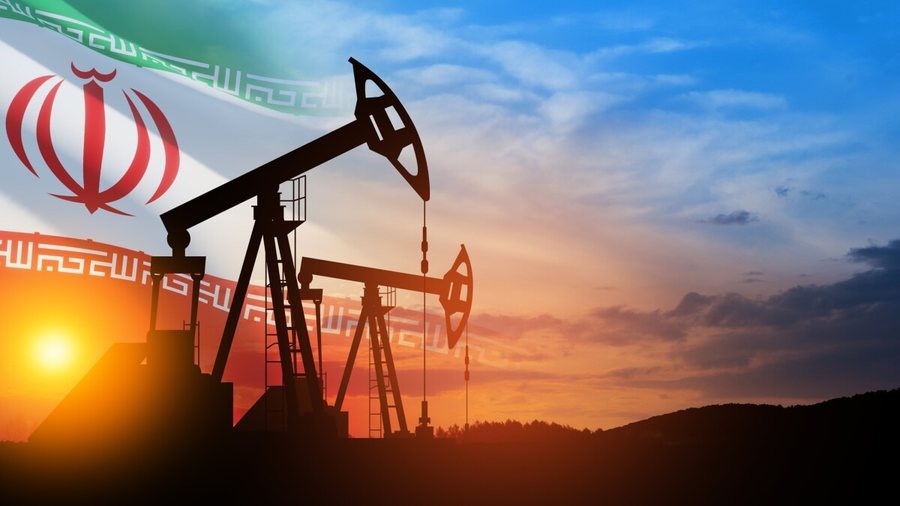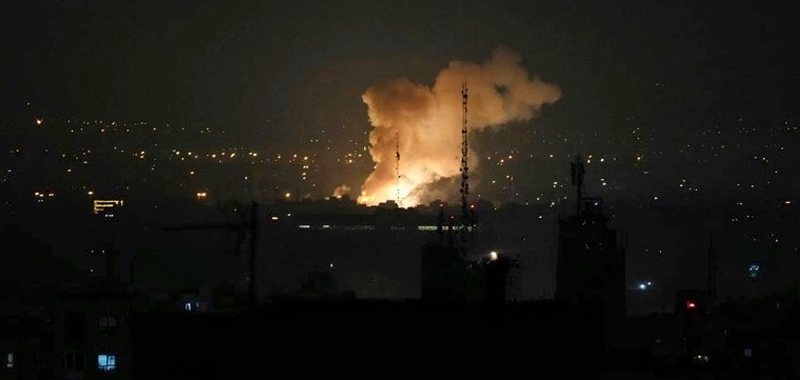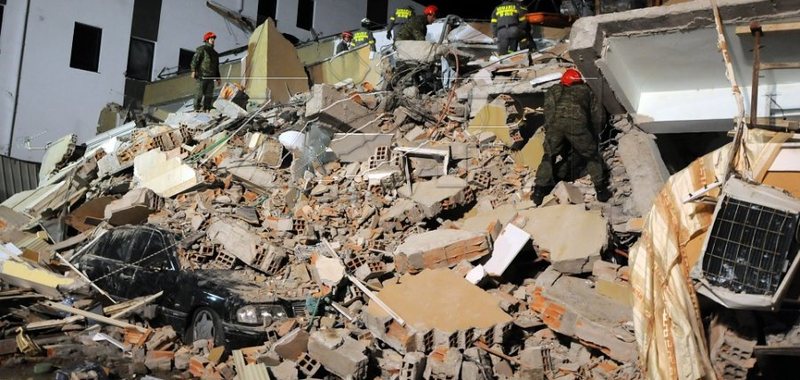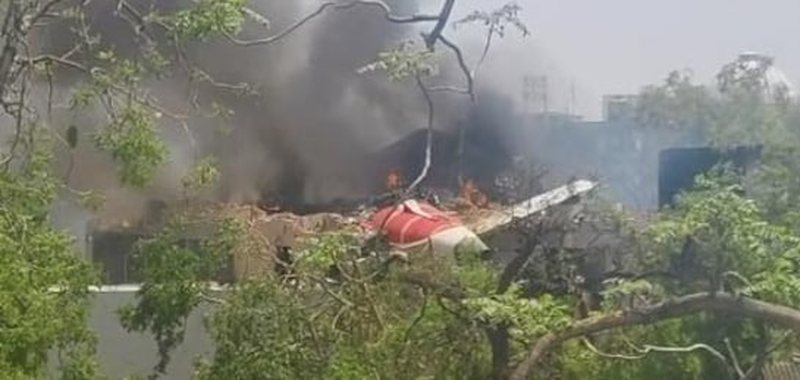Nafta dhe gazi, asetet strategjike të Iranit - Roli i SHBA-së dhe Kinës në eksportet e Teheranit

Irani, prodhuesi i tretë më i madh në Organizatën e Vendeve Eksportuese të Naftës, nxjerr rreth 3.3 milionë fuçi naftë në ditë, ose rreth 3% të prodhimit global. Prodhimi i naftës së Iranit arriti kulmin në vitet ‘70 me shifrën rekord prej 6 milionë fuçish në ditë në 1974, sipas të dhënave të OPEC. Kjo përbënte mbi 10% të prodhimit botëror në atë kohë.
Në vitin 1979, Shtetet e Bashkuara vendosën valën e parë të sanksioneve ndaj Teheranit dhe që atëherë vendi ka qenë shënjestra e disa valëve të sanksioneve të SHBA-së dhe Bashkimit Evropian.
Shtetet e Bashkuara shtrënguan sanksionet në vitin 2018 pasi Trump u tërhoq nga një marrëveshje bërthamore gjatë mandatit të tij të parë presidencial. Eksportet e naftës së Iranit ranë në pothuajse zero gjatë disa muajve.
Por këto eksporte u rritën ndjeshëm nën udhëheqjen e pasardhësit të Trump, Presidentit Joe Biden, me analistët që thanë se sanksionet u zbatuan më pak dhe Irani kishte arritur t'i shmangte ato. Teherani është i përjashtuar nga kufizimet e prodhimit të OPEC+.
Cili është blerësi kryesor i naftës iraniane?
Eksportet e naftës bruto të Iranit janë rritur në një nivel shumëvjeçar prej 1.8 milion fuçish në ditë në muajt e fundit, më i larti që nga viti 2018, i nxitur nga kërkesa e fortë kineze.
Pekini thotë se nuk i njeh sanksionet kundër partnerëve të saj tregtarë. Blerësit kryesorë të naftës iraniane janë rafineritë private kineze, disa prej të cilave janë vendosur së fundmi në listën e sanksioneve të Thesarit të SHBA-së. Megjithatë, ka pak prova që kjo të ketë ndikuar ndjeshëm në flukset nga Irani në Kinë.
Teherani i ka shmangur për vite me radhë sanksionet përmes transferimeve përmes anijeve dhe fshehjes së pozicioneve satelitore të këtyre objekteve.
Prodhimi dhe infrastruktura
Kompania e Konsulencës FGE thotë se Irani rafinon rreth 2.6 milion fuçi në ditë naftë bruto dhe eksporton 2.6 milion fuçi në ditë. Vendi gjithashtu prodhon 34 miliardë metra kub gaz në ditë, sipas FGE, që përbën 7% të prodhimit global. I gjithë vëllimi konsumohet brenda vendit.
Objektet e prodhimit të hidrokarbureve të Iranit janë përqendruar kryesisht në jugperëndim, në provincën Khuzestan për naftë dhe në provincat Bushehr për gaz. Vendi eksporton 90% të naftës së tij të papërpunuar nëpërmjet ishullit Kharg.
Analistët thonë se Arabia Saudite dhe anëtarët e tjerë të OPEC mund të kompensojnë rënien e furnizimit iranian duke përdorur kapacitetin e tyre rezervë për të pompuar më shumë. Megjithëse me një numër prodhuesish brenda grupit që aktualisht po rrisin objektivat e prodhimit, kapaciteti i tyre rezervë po bëhet më i kufizuar.

Izraeli nis një sulm masiv ndaj Iranit - Tensionet përshkallëzohen, ndërsa Teherani kundërpërgjigjet me dronë
Izraeli ka kryer një sulm ndaj kryeqytetit iranian, Teheranit, duke synuar programin bërthamor të vendit. Këto sulme vranë gjithashtu disa zyrtarë të lartë......

Pensionet, miratohet marrëveshja Shqipëri-Serbi - “Garantim për periudhat e sigurimeve shoqërore”
Këshilli i Ministrave ka miratuar marrëveshjen për njohjen e sigurimeve shoqërore mes Republikës së Shqipërisë dhe Republikës së Serbisë, për të gjithë ata......

Shqipëria “ngadalëson hapin” drejt barazisë gjinore/ Renditemi në vend të 36-të. Ndikoi negativisht treguesi i përfaqësimit politik
Shqipëria duket se është ngadalësuar në drejtim të barazisë gjinore, duke shënuar rezultate jo shumë të mira sipas Raportit të Barazisë. Raporti Global i......

“Mungon efikasiteti për mbrojtjen nga zjarret” - Auditorët kritikojnë BE-në për metodat e shpërndarjes së fondeve
Mungesa e të dhënave të përditësuara në hartë po e bën luftën kundër zjarreve në Evropë joefikase, tha Gjykata Evropiane e Auditorëve (ECA). Raporti......

Rreziqet e sulmeve kibernetike ndaj Shqipërisë - AKSK përgatit një metodologji të re që i vlerëson sipas sektorëve
Autoriteti Kombëtar për Sigurinë Kibernetike (AKSK) ka përgatitur një metodologji të re e cila do të identifikojë rreziqet kibernetike sipas sektorëve dhe......

Shqipëria, në “hartën e kuqe” sizmike? - Probabiliteti për t’u prekur nga tërmetet është rritur
Rajoni i Ballkanit duket më i rrezikuar se kurrë nga tërmetet, sipas gjetjeve të një grupi ekspertësh dhe pedagogësh të specializuar në sektorin e rrezikut......

Indi, avioni me 242 pasagjerë rrëzohet gjatë ngritjes - Mjeti fluturues përplaset me godinat e banuara pranë aeroportit
Një aeroplan i Air India që udhëtonte për në aeroportin Gatwick të Londrës është rrëzuar gjatë ngritjes në aeroportin e Ahmedabad. Sipas të dhënave, avioni......

Revolucioni i “paprecedentë” i IA - Studimi: Teknologjia e re po përhapet me ritme historike
Rritja e inteligjencës artificiale në jetën tonë është zyrtarisht e paprecedentë, sipas të dhënave të fundit. Një raport prej 340 faqesh tregoi ritmin e......




















